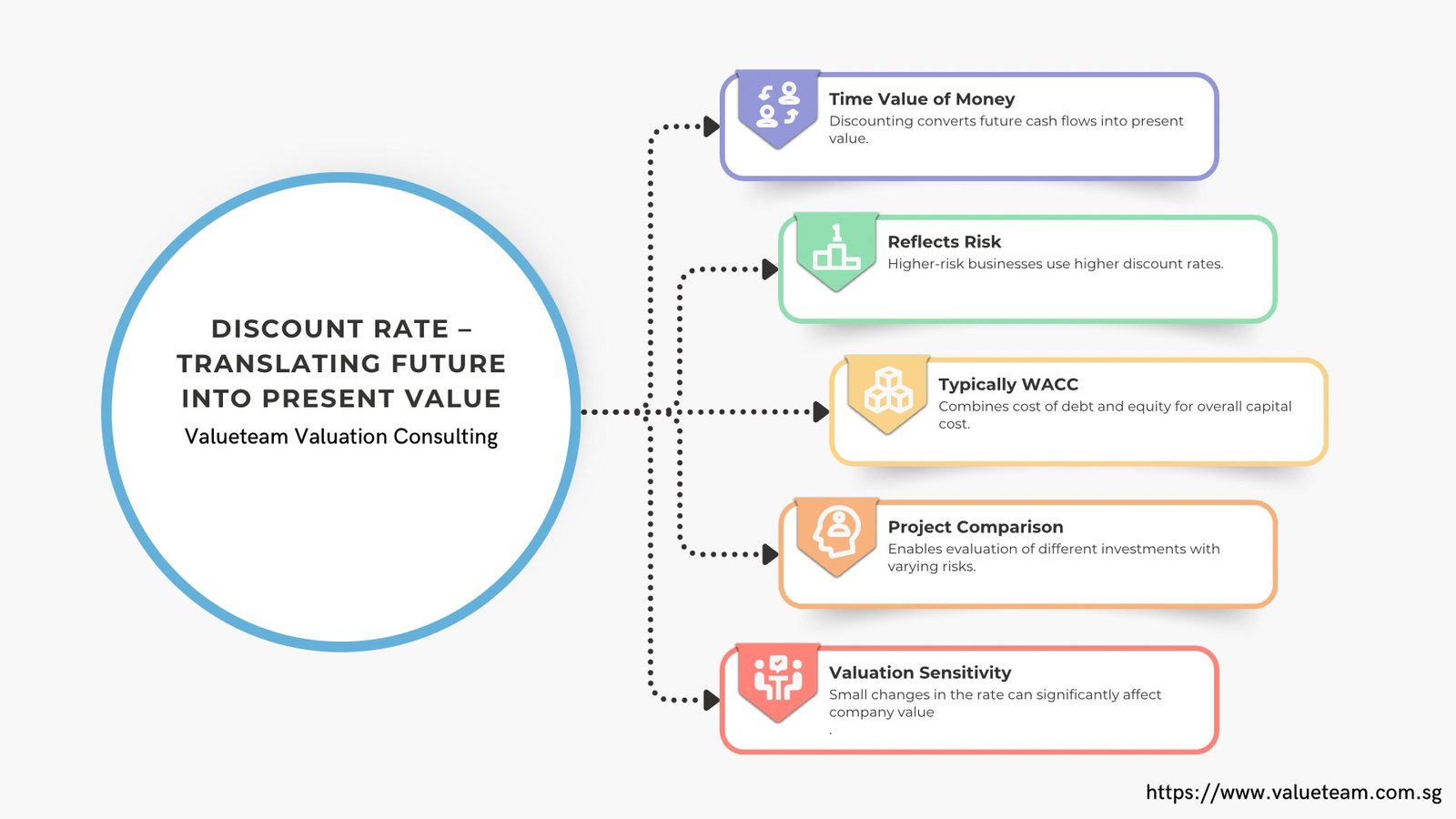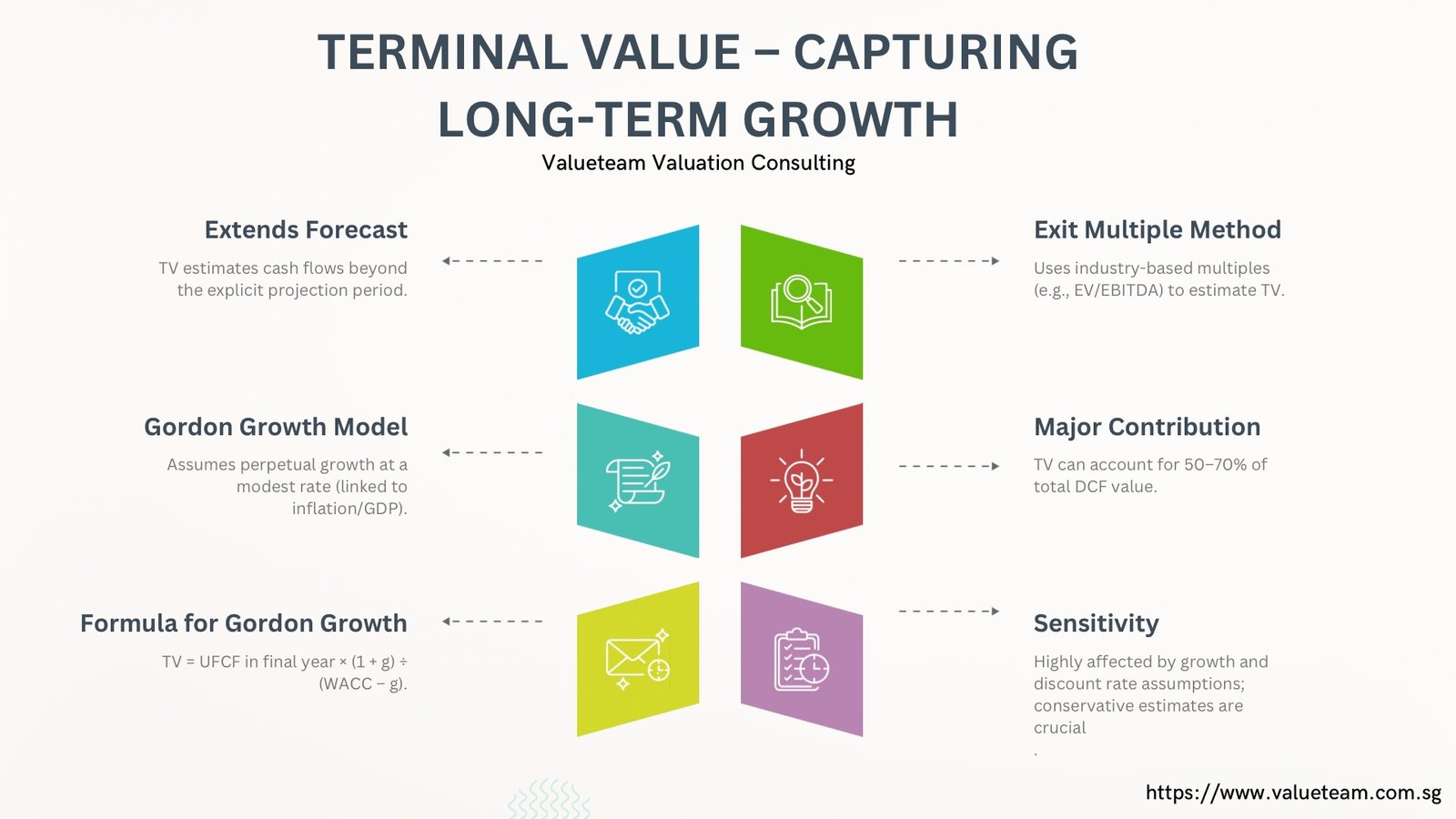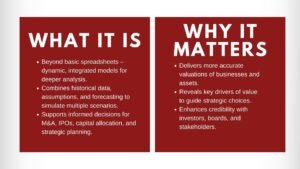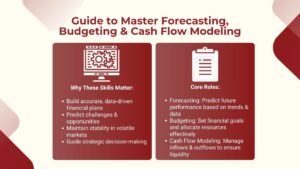2 Amazing DCF Valuation Deep Dive: Unlevered Cash Flow, Discount Rate & Terminal Value
2 Amazing DCF Valuation Deep Dive: Unlevered Cash Flow, Discount Rate & Terminal Value
Introduction: Why DCF Matters
Discounted Cash Flow (DCF) valuation is one of the most reliable methods for determining a company’s intrinsic values. Unlike market multiples, which only compare firms against peers, DCF provides a forward-looking approach by estimating the present value of expected future cash flows. This makes it especially valuable for investors and managers seeking a company-specific assessment rather than broad trademark valuation.
To use DCF effectively, decision making must focus on its three core components: Unlevered Free Cash Flow (UFCF), the Discount Rate, and Terminal Value. These elements form the foundation of accurate valuation, ensuring that financial analysis goes beyond surface-level metrics to capture long-term growth, risk, and sustainability.
Unlevered Free Cash Flow (UFCF) – Measuring Core Business Value
Unlevered Free Cash Flow represents the cash generated by a company’s core operations, available to all capital providers—both debt and equity holders—before considering financing costs.
Key points about UFCF:
- Strips out financing impact – Focuses on business performance, not capital structure.
- Calculated as: EBIT (1 – Tax Rate) + Depreciation & Amortization – Capital Expenditures – Changes in Working Capital.
- Why it matters: Provides a neutral view of cash generation, making companies comparable regardless of leverage.
- Insight for leaders: Reveals true operating strength and sustainability of the business model.
Discount Rate – Translating Future into Present Value
Since money today is worth more than money tomorrow, future cash flows must be discounted back to present value. The discount rate reflects both the time value of money and the riskiness of cash flows.
Key considerations for discount rate:
- Typically WACC (Weighted Average Cost of Capital): Blends cost of debt and cost of equity.
- Risk-adjusted: Higher risk businesses command higher discount rates.
- Strategic use: Helps compare different projects or acquisitions with varying risk-return profiles.
- Leadership insight: A small change in discount rate can significantly alter valuation, making it critical to apply assumptions carefully.

Terminal Value – Capturing Long-Term Growth
DCF models cannot forecast cash flows indefinitely. Instead, analysts use Terminal Value (TV) to estimate the value of all future cash flows beyond the explicit forecast period.
Two common approaches:
- Gordon Growth Model: Assumes perpetual growth at a modest rate (often tied to inflation or GDP growth).
- TV = UFCF in final year × (1 + g) / (WACC – g).
- Exit Multiple Method: Applies a valuation multiple (e.g., EV/EBITDA) based on industry benchmarks.
Why it matters:
- Terminal Value often contributes 50–70% of total DCF valuation.
- Sensitive to growth and discount assumptions—making accuracy and conservative estimates essential.
- Helps capture long-term competitive advantage or market positioning.

Bringing It Together – The DCF Equation
Once Unlevered Free Cash Flow (UFCF), the discount rate, and terminal value are determined, these components are combined to calculate the total value of the business. The basic formula is:
DCF Value = Present Value of Projected UFCFs + Present Value of Terminal Value
This calculation provides the Enterprise Value (EV) of the company, representing the total value of operations independent of capital structure. From this EV, adjustments are made for net debt, preferred equity, and other claims to arrive at the Equity Value—the portion attributable to shareholders. Finally, dividing the Equity Value by the number of outstanding shares yields the intrinsic share price, giving investors a forward-looking estimate of what the stock is truly worth.
Using this comprehensive approach, DCF integrates both near-term operational performance and long-term growth potential. It allows decision-makers to assess whether a current market price aligns with intrinsic value, supporting investment, acquisition, or strategic financing decisions. When applied thoughtfully, this method transforms complex financial projections into actionable insights for shareholders and management alike.
Conclusion: Turning Analysis into Strategic Insight
DCF valuation is both powerful and delicate, offering a structured framework to estimate intrinsic value with precision. By centering the analysis on Unlevered Free Cash Flow, applying a well-justified Discount Rate, and carefully estimating Terminal Value, leaders can evaluate whether businesses, projects, or acquisitions truly create long-term value. Each component requires careful judgment, as small changes can significantly alter the results.
When executed thoughtfully, DCF goes beyond financial modeling and becomes a strategic decision-making tool. It helps leaders assess sustainability, stress-test risks, and uncover growth opportunities. More than a valuation method, DCF equips organizations with foresight—transforming numbers into actionable insights that strengthen resilience, sharpen strategy, and build lasting stakeholder confidence.







